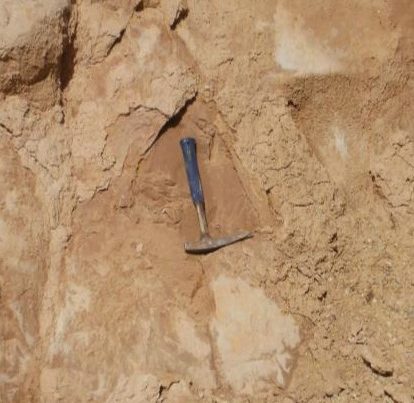By Ziad Al-Saad & Mohammad Rababah
ABSTRACT
Ancient coins forging and counterfeiting have recently witnessed an alarming increase. This makes authenti-cation of these coins and detection of fakes of paramount importance. Therefore, this research aims at pro-posing a systematic step by step scientific testing methodology that can be used by museums to check the authenticity of their own coin collections or coins brought to them from different sources. The proposed methodology is based on subjecting the coin to be tested for its authenticity to a series of sequential tests to determine its physical and chemical properties and manufacturing technology using non-destructive scien-tific techniques including optical microscopy and Energy-dispersive X-Ray Fluorescence. A coin can be de-clared as forgery if it fails to pass any of these tests. To test the efficacy of the proposed testing protocol, a collection of 23 presumably Byzantine copper-based coins were used. Twenty-one coins were proved to be forgeries at different stages of the testing process. Only two coins passed all the tests.
![]()



